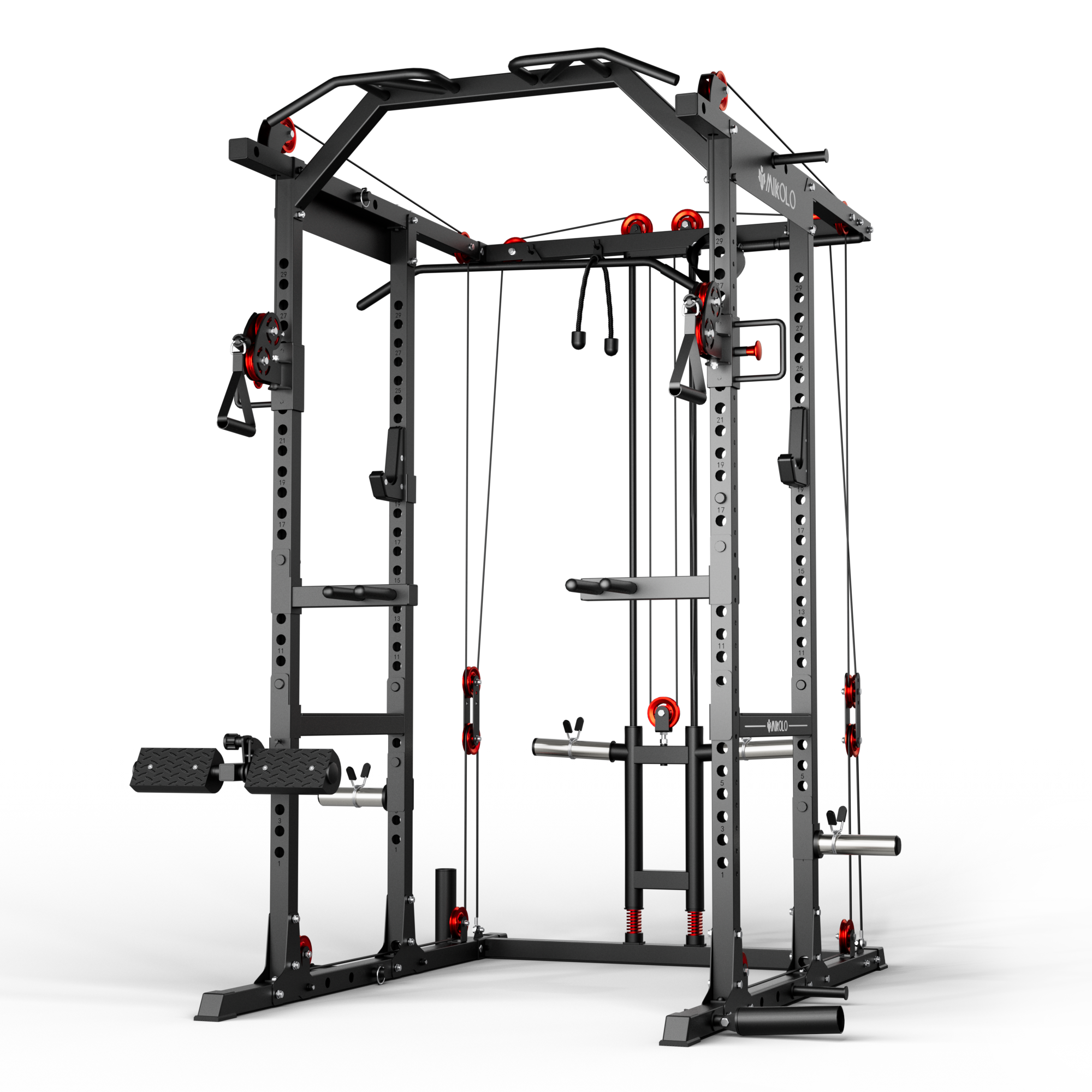The leg press machine is a staple in nearly every gym, prized for its ability to isolate and strengthen the lower body—especially the quads, glutes, and hamstrings. But a common question among men new to weight training is: how much weight should I be pressing on this machine? In this article, we’ll break down the average leg press weight for males in kilograms, what standards to consider, and how to approach your own training without ego or injury.
What’s the Average Leg Press Weight for Men?
The average leg press weight for men varies based on training experience, body size, and the type of machine used. That said, here’s a general guideline:
-
Beginner (first 3–6 months): 100–150 kg
-
Intermediate (6–24 months): 150–250 kg
-
Advanced (2+ years): 250–400+ kg
These figures are not meant to intimidate or impress—they're a baseline. Many commercial leg press machines use a 45-degree sled that reduces the effective weight due to angle and friction. Some models use a horizontal or seated lever design, which can make the same weight feel significantly heavier or lighter. Always compare apples to apples when tracking progress.
How Much Should You Leg Press?
There’s no universal number that applies to every male lifter. Instead, your leg press weight should reflect your goals, technique, and injury history.
As a rule of thumb:
-
Start light, focus on form. Try pressing around 50–60% of your body weight for 10–12 reps. See how it feels.
-
Progress slowly. Add 5–10 kg per week only if your reps stay smooth and controlled.
-
Use a full range of motion. Don’t chase heavy numbers at the expense of shallow reps.
One of the worst habits I see in the gym is people loading every plate they can find, then bending their knees two inches just to claim a big number. That’s not leg pressing—it’s ego lifting.
Personal Experience: Less Is More (Until It’s Not)
I still remember the first time I tried the leg press at my university gym. I was 19, weighed about 70 kg, and confidently slapped on two plates on each side—totally ignoring form. My knees wobbled, my lower back lifted off the pad, and I walked away with a sore ego (and tighter hips). A coach pulled me aside and had me strip the machine down to 60 kg. He taught me how to press through my heels, engage my glutes, and lower the weight deep—nearly to my chest. I’ve since leg pressed over 400 kg for reps, but the gains came from respecting the process, not chasing numbers.
Understanding Leg Press Machine Standards
There’s no globally accepted "standard" for leg press strength, but these informal benchmarks can help:
-
Bodyweight × 1.5: A good intermediate goal for 10 reps
-
Bodyweight × 2: A strong performance for most gym-goers
-
Bodyweight × 3 or more: Advanced or athlete-level
Remember: machine design matters. Plate-loaded, pin-stack, vertical, or sled-based—each machine loads your muscles differently. If you're switching gyms or machines, don't compare one-to-one.
Final Thoughts: Train Smart, Not Just Hard
The leg press is a powerful tool to build strong legs, but it’s not about hitting an arbitrary number. Use it to complement your squats, deadlifts, or lunges, not replace them. Prioritize form, control, and progression. Whether you're pressing 100 kg or 400 kg, what matters most is that you're getting stronger—on your own terms.
If in doubt, ask a trainer to watch your form. And remember: the real flex is staying injury-free while building legs that actually perform—not just look good under fluorescent lights.













































Leave a comment
This site is protected by hCaptcha and the hCaptcha Privacy Policy and Terms of Service apply.